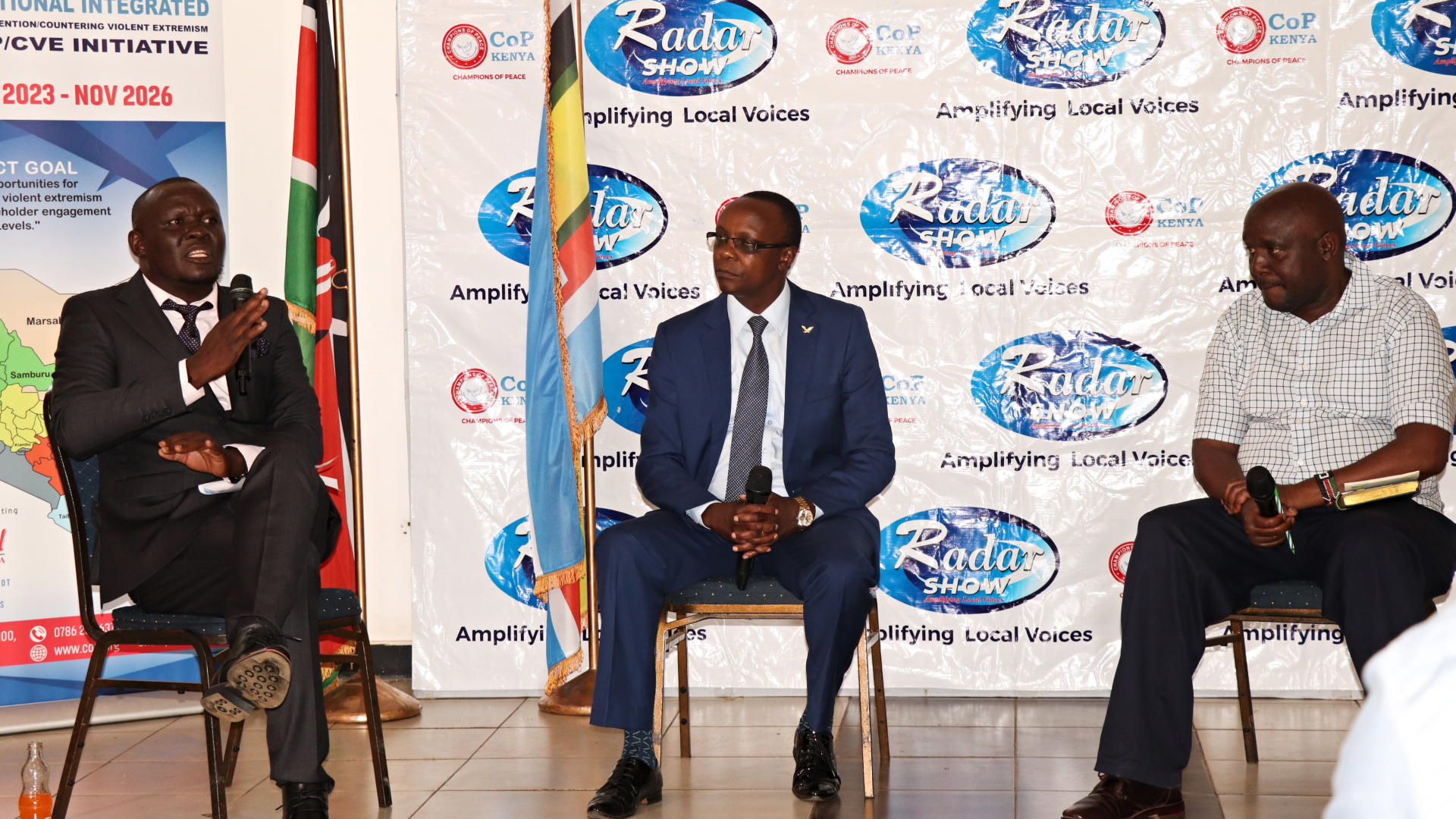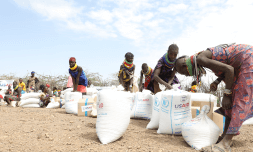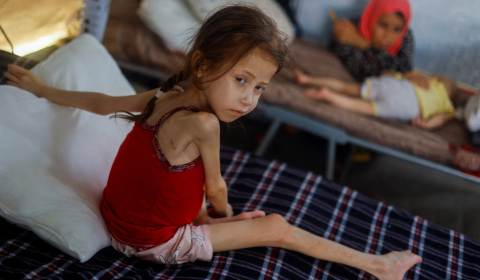This week, the International Prevention of Violent Extremism commemoration brought together a diverse array of organisations, leaders, and communities across the globe for a collective sustainable response to violent extremism. I left feeling buoyed.
In Nairobi, participants from various backgrounds showcased a collective effort to address the global challenge of violent extremism.
Representatives from the United Nations Office on Drugs and Crime (UNODC), interfaith leaders, youths, refugee groups, and government officials were among the attendees – as was I – highlighting the inclusive nature of the initiative.
Champions of Peace Kenya, a leading organisation dedicated to promoting peace and countering violent extremism, took the reins as host. The event aimed not only to raise awareness about the significance of preventing violent extremism but also to foster collaboration among different sectors of society. The feeling of shared investment was palpable in the room.
According to the UN, Sub-Saharan Africa is the new global epicentre of 48% of global terrorism deaths for the past 3 years. Lack of employment opportunities, human rights abuses, and religion were the main drivers of youths joining violent extremist groups. With the ongoing war in Sudan and the DRC, hundreds of young people continue to be radicalised into joining nefarious groups.
The CoP-K Director Elly Opondo urged the global community that young people should be put on the governance agenda at the regional or global level; a sentiment I was hoping would receive real emphasis.
‘Young people feel they are out of the governance system, they feel they are out of discussions that affect their lives, and this has caused radicalization to these groups to increase in our continent and beyond in recent times.’
Youth engagement was a focal point of the commemoration, with interesting discussions and interactive sessions designed to empower young people in preventing radicalization. The active participation of the youth highlighted their role as key stakeholders in shaping a peaceful and tolerant society through Africa and beyond.




















